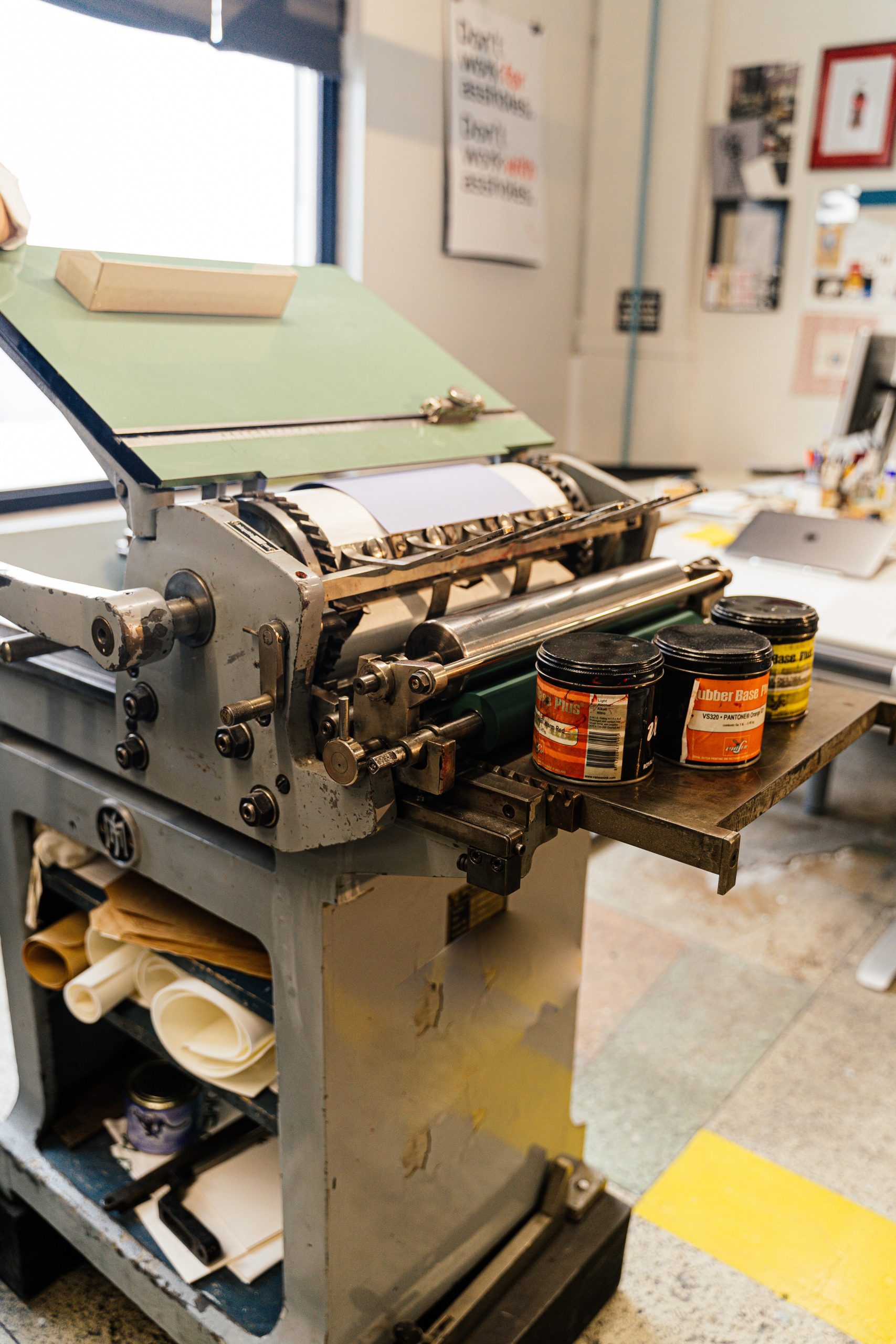If you use a printing press to produce your printed materials, cleaning it is essential to keep it working properly. There are several reasons why you should clean it. These include ensuring that the printheads are clean and preventing the build-up of dirt and grime on the printing press. Moreover, it is important to store your printing presses properly after cleaning them. As a result, it is a good idea to become acquainted with all of your machine’s cleaning procedures. For some printers, such as Xerox, go to their Online Support page for your machine and select the Perform Machine Maintenance or Maintain the Machine link to find out what you can do to keep your machine clean. There are several items there that you can use to take care of yourself.
Cleaning Inkjet Printers
Clean the printer by removing the ink cartridges and reinserting them. After cleaning, run a test document to determine where the trouble is. If the printer is not working properly, you can take it to an office store to clean it. It is very important to clean the printer regularly as ink can cause damage if it reaches sensitive parts.
Keeping the printhead clean will extend the life of your printer. Some inkjet printers have a self-cleaning feature that will clean the printhead automatically. This cleaning cycle usually lasts for a few minutes and uses a miniature wiper blade to remove old ink.
Cleaning Etching Presses
If you have an etching press, it is important to clean it regularly. This is because it can become dull and stained over time. To avoid this, use an oil-based solvent and clean it with a clean cloth. In addition, you should keep a light oil coating on the exposed steel surfaces using a Conrad Monotype press. Remaining excess oil from the rollers is also recommended before printing.
Anilox cleaners or some solutions can be used to clean moderate amounts of rust from cast iron. If you aren’t comfortable using a wire brush, you can also use steel wool. This will also prevent the iron from oxidizing any further. You’ll also need clean rags to absorb the dirty WD40. You can also store it in a metal can, but be aware that it can self-combust if not properly disposed of. You can also contact a contractor for this service.
Cleaning Printheads
Cleaning printheads on printing presses are an important part of maintaining your press. There are a few steps that you must take to clean your printheads properly. First, make sure to empty any ink from the printer. After this, you must apply cleaner to the front of the printhead and nozzle plate. This cleaner should flow down the printhead to remove any excess ink or other particles. Then, wipe the nozzle plate with a soft, clean foam swab. Be careful when cleaning the nozzle plate because it is fragile. Afterward, clean the housing of the printhead with a lint-free cloth.
After cleaning the printhead, you can start maintenance cleaning cycles. This will unclog the nozzle; you can observe the progress by checking the check pattern. After every five cycles, your printer will run its power head cleaning routine.
Improper Storage of Printing Presses after Cleaning
After maintenance, improper storage of printing presses should be avoided, as many solvents can be dangerous to workers. If you’re using mineral spirits or litho tin, make sure to use proper ventilation. Oil-soaked rags can pose a hazard if they spontaneously burn. Please place them in self-closing disposal cans.
Health Risks of Manual Cleaning
Manual cleaning of printing presses poses significant health risks, especially for employees. Cleaning the rollers is particularly dangerous because the machinery is not shut off and continues to spin at high speeds. Employees may become entangled in the spinning rollers without the appropriate protective equipment and suffer severe injuries. They may also experience illness due to the chemicals used to clean them.
